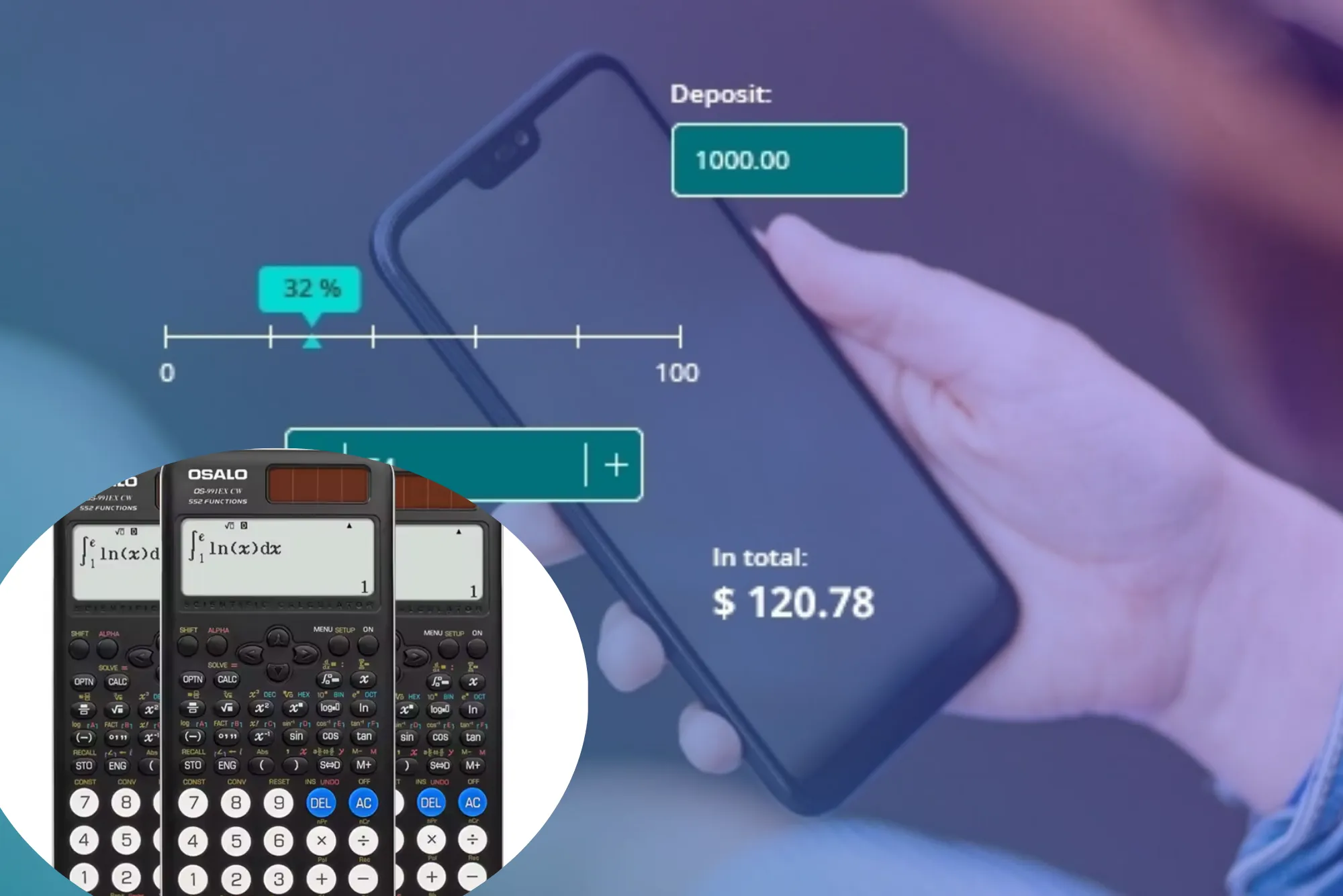Managing a team can feel like juggling flaming torches while riding a unicycle—exciting, but inherently risky if you drop the ball. Over the past decade, I’ve led teams both large and small, from boutique marketing agencies to global consulting groups, and I’ve learned that consolidating your workflows into a single, well-chosen tool can transform chaos into cohesion. In this article, I’ll share how to streamline communication, assign tasks, track time, schedule meetings, and even manage client billing—all within one platform. Whether you’re a startup founder or an agency director, you’ll discover practical insights and real-world examples to help you run your entire team without bouncing between half a dozen apps.
Choosing the Right All-in-One Platform
When I first tried to centralize my team’s workflows, I was tempted by the shiny promises of dozens of niche tools—one for chat, another for project management, yet another for time tracking. But switching contexts costs time and mental energy. Instead, I looked for a single system that could handle multiple functions. The ideal tool would have robust project boards, built-in agency timesheet software, integrated calendars, and even basic invoicing. It needed to be flexible enough to adapt as our services evolved, yet simple enough that every team member—from interns to senior strategists—could pick it up in minutes.
Platforms like Corcava impressed me early on with their blend of scheduling, task management, and communication features. By consolidating critical workflows, Corcava’s scheduling module—detailed here—eliminates the need for a separate booking or meeting app. More on that later. First, let’s break down the core areas you’ll want to manage in one tool.
Defining Your Core Requirements
Before you evaluate vendors, sit down and map your current processes. Do you need:
-
A Kanban-style task board for campaign deliverables?
-
Real-time chat for quick feedback loops?
-
Time-tracking integrated with invoices for clients?
-
A shared calendar to avoid meeting conflicts?
Documenting these needs prevents scope creep—so you don’t end up with a tool that does 50 things poorly instead of five things exceptionally.
Streamlining Task and Project Management
In many teams, project updates live in endless email threads or ad-hoc spreadsheet trackers. That’s a recipe for missed deadlines and frustrated teammates. Centralizing tasks in one platform brings transparency: everyone sees who’s responsible for what and when it’s due.
Building Visual Workflows
A visual board—whether Kanban or timeline view—lets you drag tasks between stages like “To Do,” “In Progress,” and “Review.” For example, in my marketing agency, we created separate pipelines for content creation, ad campaigns, and client onboarding. Each card contained checklists, file attachments, and due dates. When a task moved from drafting to review, the assigned editor received a real-time notification, eliminating redundant status meetings.
Automating Routine Processes
Beyond boards, the best tools let you automate repetitive tasks. In our team, whenever a task was marked “Ready for Client,” the system automatically pinged our account manager and generated a draft email template. This cut down our manual handoffs and ensured nothing fell through the cracks.
Incorporating Agency Timesheet Software
Accurate time tracking is the lifeblood of professional services. Without it, you risk underbilling clients or misallocating resources. Rather than peppering your team with a separate timesheet app, choose a platform where team members can start and stop timers directly within task cards.
Capturing Time Against Projects
In my experience, integrating timesheets into the same tool we use for tasks removed friction. Team members simply clicked “Start Timer” on the task they were working on—whether it was writing a blog, coding a feature, or designing a mockup. At the end of the week, our project manager ran a report showing hours by client, task type, and team member. Those numbers then fed directly into our billing templates, saving hours of manual reconciliation.
Using Data for Resource Planning
With consolidated time data, you can forecast capacity more accurately. If you see that your lead designer is spending 40% of her time on revisions, you might reallocate some strategy work or hire a part-time support resource. Over time, the historical timesheet data becomes a strategic asset, guiding hiring and training decisions.
Centralizing Communication and Collaboration
For any remote or hybrid team—like many of the ones I’ve managed—constant communication is essential. But email alone isn’t enough. You need threaded conversations linked to tasks and projects.
Embedding Chat in Projects
The most effective all-in-one tools embed chat channels directly within project workspaces. In one consulting firm I led, every client engagement had its own channel. Team members posted draft proposals, asked quick questions, and pinned important documents all in the same tab where tasks lived. This eliminated endless email CCs and ensured that context stayed with the project.
Consolidating File Storage
Rather than scattering documents across Google Drive, Dropbox, and local folders, choose a platform that attaches files to specific tasks or conversations. When a client requests a revision, you can pull up the latest version linked to the relevant task—no more searching through folder hierarchies or chasing outdated attachments.
Seamless crm scheduling and Calendaring
Coordinating meeting times across multiple stakeholders can be a nightmare. That’s why integrating calendar and booking features into your single tool is a game changer. When we switched from juggling Calendly links and manual invites to a unified scheduling module, scheduling conflicts plummeted.
Self-Serve Meeting Links
By embedding crm scheduling features natively, you give clients and teammates public-facing links that reflect your real-time availability. For instance, Corcava’s scheduling features let you define meeting types, durations, and buffer times. Clients receive an email with a booking link, pick a slot, and the appointment lands in everyone’s calendars—no back-and-forth required.
Two-Way Calendar Sync
The best platforms sync with Google Calendar, Outlook, or iCal so that external appointments block off availability automatically. This protects you from double-booking and ensures that any meeting scheduled outside the tool still respects your internal project timelines.
Automating Approval and Feedback Loops
When multiple stakeholders need to sign off on deliverables—clients, legal teams, or executives—a standard approval workflow built into your tool streamlines the process.
Visual Approval Chains
Set up custom approval stages directly within the task workflow. For example, after the creative team completes a design, the task auto-advances to the “Client Review” stage and assigns a reviewer. They receive a notification and can comment inline. Approvals are logged, creating an audit trail in case of scope disputes.
Reminders and Escalations
If a stakeholder overlooks a review request, automated reminders can nudge them after a set time. For urgent approvals—such as legal sign-offs—you might configure escalations to ping a senior manager. These automated protocols free you from policing inboxes and allow you to focus on delivering value.
Integrating Client Billing and Invoicing
Running client invoices from the same system where you track tasks and time slashes administrative overhead.
Generating Invoices from Timesheets
With integrated timesheets, you can set billing rates at the client or project level. At month’s end, a few clicks generate an invoice draft—including time entries and expenses—for review. Your finance team approves the draft and sends it directly to clients, all within the platform.
Monitoring Payments and Retainers
Some tools provide payment status tracking, letting you see which invoices remain outstanding. For clients on retainer, you can set up recurring invoices tied to minimum hours, automatically charging credit cards when retainer balances dip below a threshold.
Real-World Success Stories
Boutique Marketing Agency
When I helped a five-person marketing agency consolidate onto one platform, we eliminated five separate subscriptions—saving thousands annually. Their social media manager started and stopped timers on each post, while the designer and copywriter collaborated in task comments. The agency director used the built-in scheduling to book strategy sessions with clients, and end-of-month invoices generated automatically, reducing billing time from two days to two hours.
Software Startup
At a growth-stage B2B SaaS company, multiple teams—product, marketing, and support—shared one workspace. Product tickets lived alongside marketing campaigns, allowing cross-functional visibility. Time entries fed into burn-rate dashboards, helping leadership project runway. Meanwhile, stakeholder meetings booked via self-serve links cut coordination time by 75%.
Best Practices for Single-Tool Adoption
Start with Core Workflows
Begin by migrating just one or two functions—perhaps project boards and time tracking. Once your team sees immediate benefits, roll out chat and scheduling. Phased adoption prevents overwhelm and builds confidence.
Provide Hands-On Training
Even the most intuitive platforms require some ramp-up. Host live demos, create quick-reference guides, and designate “power users” who can support teammates when questions arise.
Solicit Continuous Feedback
Regularly ask your team what’s working and what isn’t. If a particular automation feels clunky, tweak or disable it. Iteration ensures the tool evolves to meet real needs rather than becoming digital ballast.
Monitor Usage Metrics
Most all-in-one tools offer analytics on login frequency, task completion rates, and time entry consistency. Use these metrics to identify training gaps and celebrate power users who drive adoption.
Final Thoughts
Running a team on a single platform isn’t about limiting your choices—it’s about maximizing coherence and minimizing context switching. By consolidating project management, communication, timesheets, scheduling, and invoicing under one roof, you empower your team to focus on what truly matters: delivering exceptional work. Platforms with built-in agency timesheet software and advanced scheduling features—like those at https://corcava.com/features/scheduling/—make it easier than ever to centralize your workflows. With thoughtful implementation and ongoing iteration, you’ll find that one tool can indeed replace a dozen, leaving you with more time, less friction, and a happier, more productive team.






